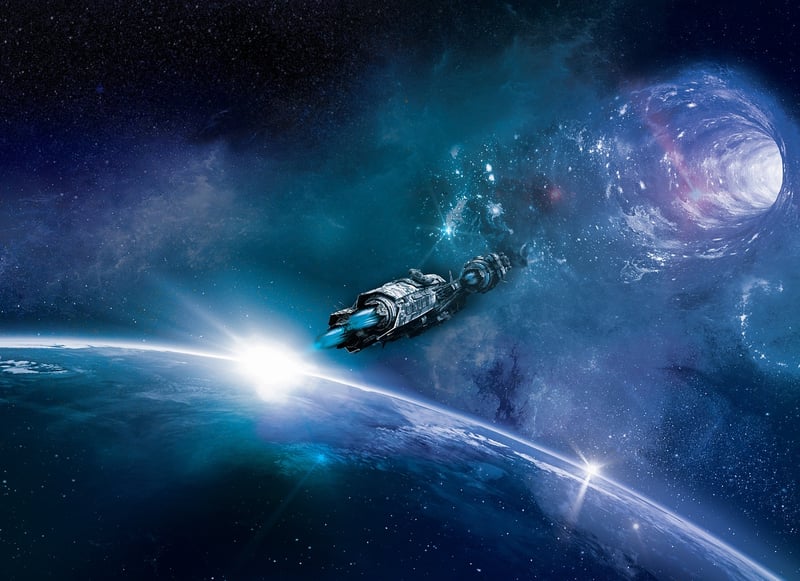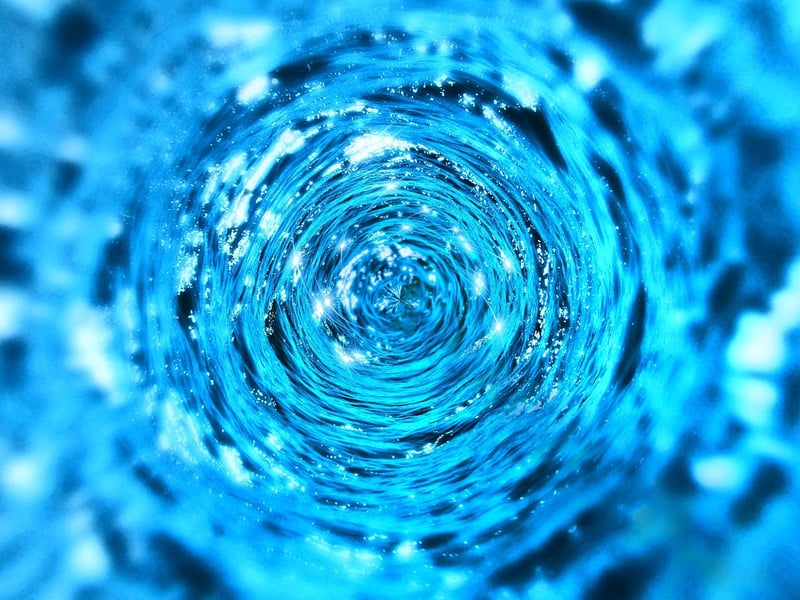Quantum Transporters
Exploring the Possibilities of Time Travel and Quantum Transporters
Time travel and quantum transporters have long been fascinating concepts in science fiction, but recent advancements in theoretical physics have brought these ideas closer to reality than ever before. Let's delve into the mechanisms behind time travel and the potential of quantum transporters.
Time Travel Mechanisms:
1. Wormholes: Wormholes are theoretical passages through spacetime that could create shortcuts for long journeys across the universe or even enable time travel. These hypothetical structures are predicted by Einstein's theory of general relativity.
2. Cosmic Strings: Cosmic strings are long, incredibly thin objects that could potentially warp spacetime in a way that allows for time travel. While they have not been observed, their existence is hypothesized in various cosmological models.
Quantum Transporters:
Quantum transporters, often depicted in science fiction as devices that instantaneously teleport individuals from one location to another, rely on the principles of quantum entanglement and superposition.
Quantum Entanglement: This phenomenon allows two particles to become connected in such a way that the state of one particle instantly affects the state of the other, regardless of the distance between them. Utilizing quantum entanglement could enable instantaneous communication and potentially teleportation.
Superposition: In the quantum realm, particles can exist in multiple states simultaneously until they are observed. Harnessing superposition could lead to the development of quantum transporters that move objects through different states of existence to reach a new location.
Conclusion:
While time travel and quantum transporters remain speculative concepts, ongoing research in theoretical physics continues to explore the boundaries of our understanding of the universe. Whether these technologies will ever become a reality remains to be seen, but the journey of discovery is as exciting as the destinations themselves.


Explore more about these fascinating concepts through Space.com and Scientific American.
